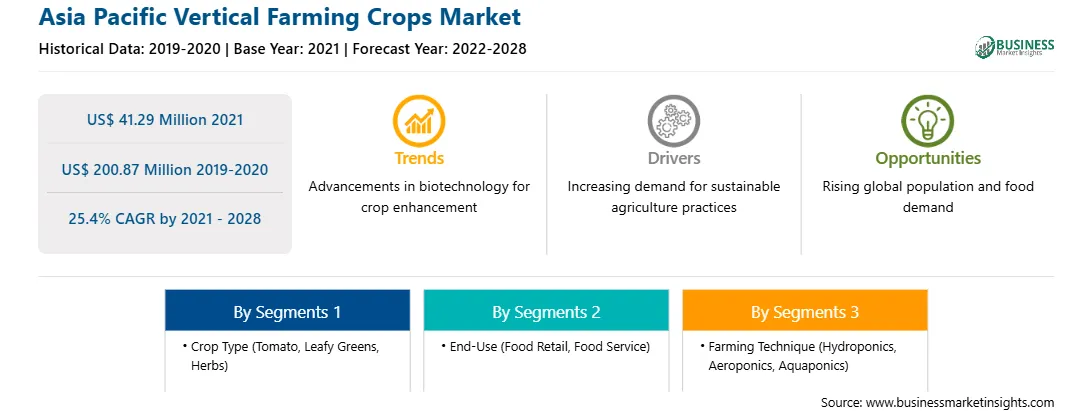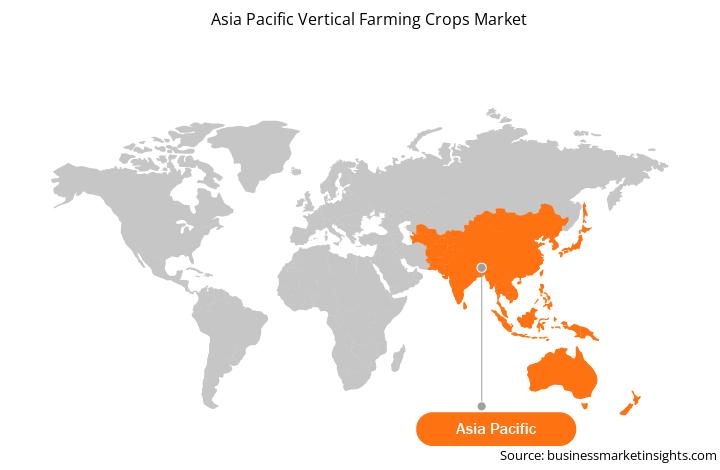In recent years, a new urban environment in metropolitan areas emerged. It is estimated that more than five billion people will be located in urban areas by 2030. Many megacities initiated projects to support the new ecosystem services in providing the most sustainable and efficient food supply solutions and transporting fresh and clean vegetables. One of the most important focus areas is research on energy sustainability, including optimizing energy efficiency to meet citizens' and companies' needs. Indoor urban vertical farming (IUVF) is one of the most outstanding achievements in agriculture, as it is entirely focused on meeting the food needs of people living in urban areas with the lowest environmental and energy costs. IUVF creates a new foundation in the urban food production system, providing opportunities for other sustainable activities, such as energy and greywater recycling. IVUF also helps citizens access fresh and nutritious fruits and vegetables and become more creative, building up their skills regarding sustainable food production. Vertical farming is gaining importance throughout several urban cities worldwide due to its beneficial role in agriculture. Vertical farming also reduces transportation costs as the farms are located adjacent to the distribution sites. Planned production of crops and their growing conditions can be enhanced by adjusting the temperature, humidity, and lighting conditions. Thus, this has increased the popularity of vertical farming across urban areas and metro cities, which is expected to open lucrative growth opportunities in future years.
The COVID-19 pandemic severely impacted Asia-Pacific economies, including China, India, Japan, and South Korea. Due to labor shortage and supply chain disruption, many sectors, including the region's food and beverage industry, got adversely affected. However, the COVID-19 outbreak led to several opportunities in the vertical farming industry. The pandemic led to increased interest in urban agriculture. For instance, in February 2020, East Japan Railway Company (JR East) partnered with Infarm to deliver fresh produce grown and harvested in retail stores. Such developments are boosting the market growth even further. Moreover, as the global marketplace is recovering from the losses, the vertical farming market is growing exponentially.
Vendors can attract new customers and expand their footprints in emerging markets with the new features and technologies, thereby driving the Asia Pacific vertical farming crops market. The Asia Pacific vertical farming crops market is expected to grow at a significant CAGR during the forecast period.
Strategic insights for the Asia Pacific Vertical Farming Crops provides data-driven analysis of the industry landscape, including current trends, key players, and regional nuances. These insights offer actionable recommendations, enabling readers to differentiate themselves from competitors by identifying untapped segments or developing unique value propositions. Leveraging data analytics, these insights help industry players anticipate the market shifts, whether investors, manufacturers, or other stakeholders. A future-oriented perspective is essential, helping stakeholders anticipate market shifts and position themselves for long-term success in this dynamic region. Ultimately, effective strategic insights empower readers to make informed decisions that drive profitability and achieve their business objectives within the market.

| Report Attribute | Details |
|---|---|
| Market size in 2021 | US$ 41.29 Million |
| Market Size by 2028 | US$ 200.87 Million |
| Global CAGR (2021 - 2028) | 25.4% |
| Historical Data | 2019-2020 |
| Forecast period | 2022-2028 |
| Segments Covered |
By Crop Type
|
| Regions and Countries Covered | Asia-Pacific
|
| Market leaders and key company profiles |
The geographic scope of the Asia Pacific Vertical Farming Crops refers to the specific areas in which a business operates and competes. Understanding local distinctions, such as diverse consumer preferences (e.g., demand for specific plug types or battery backup durations), varying economic conditions, and regulatory environments, is crucial for tailoring strategies to specific markets. Businesses can expand their reach by identifying underserved areas or adapting their offerings to meet local demands. A clear market focus allows for more effective resource allocation, targeted marketing campaigns, and better positioning against local competitors, ultimately driving growth in those targeted areas.

The Asia Pacific Vertical Farming Crops Market is valued at US$ 41.29 Million in 2021, it is projected to reach US$ 200.87 Million by 2028.
As per our report Asia Pacific Vertical Farming Crops Market, the market size is valued at US$ 41.29 Million in 2021, projecting it to reach US$ 200.87 Million by 2028. This translates to a CAGR of approximately 25.4% during the forecast period.
The Asia Pacific Vertical Farming Crops Market report typically cover these key segments-
The historic period, base year, and forecast period can vary slightly depending on the specific market research report. However, for the Asia Pacific Vertical Farming Crops Market report:
The Asia Pacific Vertical Farming Crops Market is populated by several key players, each contributing to its growth and innovation. Some of the major players include:
The Asia Pacific Vertical Farming Crops Market report is valuable for diverse stakeholders, including:
Essentially, anyone involved in or considering involvement in the Asia Pacific Vertical Farming Crops Market value chain can benefit from the information contained in a comprehensive market report.